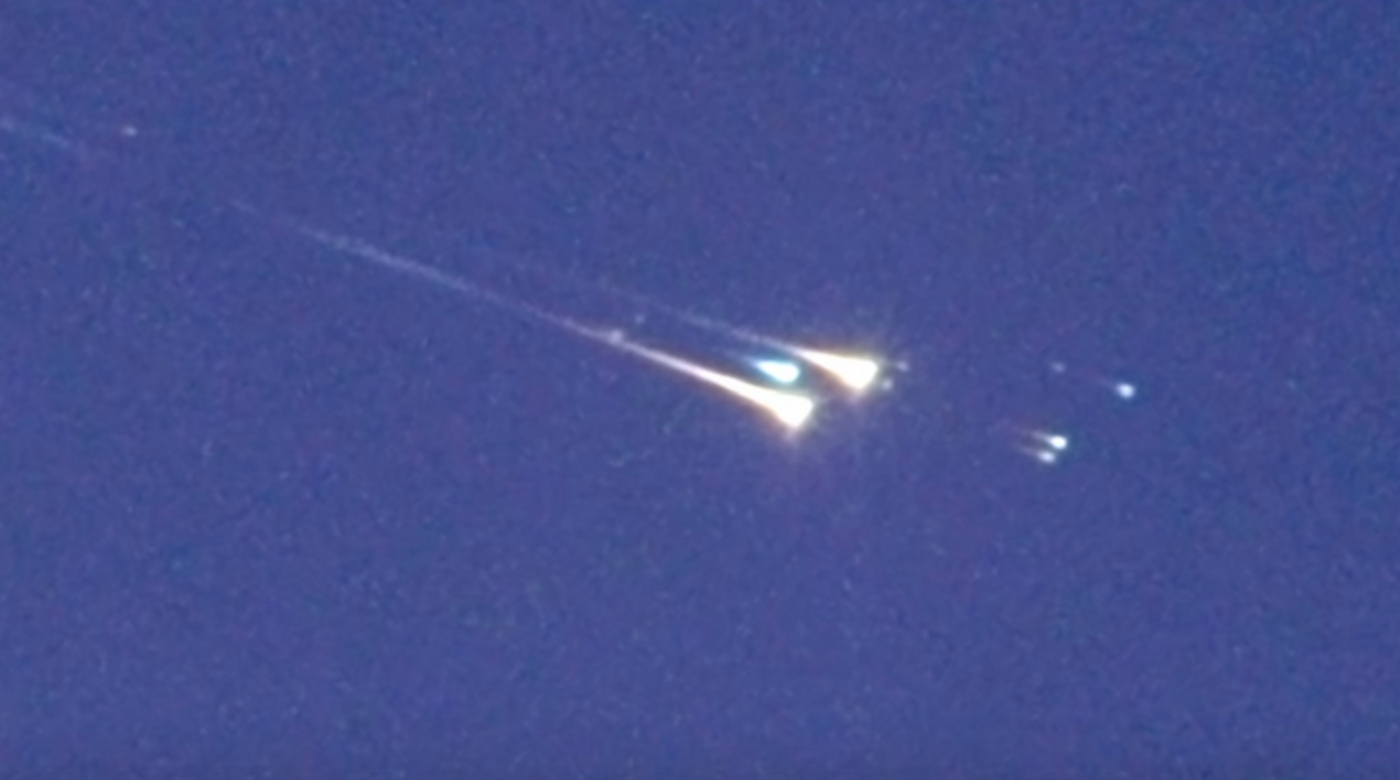Space Junk Seen Crashing Into the Indian Ocean
It’s not uncommon for rocks or other debris from space to enter Earth’s atmosphere. Most of the time, a lot of it burns up in the atmosphere from the process of re-entry, but larger objects tend to last longer through the abuse it will go through during the re-entry process simply because it takes a longer period of time to wither through the object's shrinking surface as it burns away.
Scientists have observed up close a bit of space junk, which had been named WT1190F, fall to the Earth and land in the Indian Ocean near the coast of Sri Lanka, which is the giant ocean that sits in between Africa and Australia, as well as Antarctica and Asia. Scientists had been tracking the space junk for some time, and were expecting it to land exactly where it did, which is why we had so many eyes on it.

Upon re-entering the atmosphere, the space junk turned into a fireball. Afterwards, the fireball began to break apart into smaller flaming objects from the extreme heat that it was enduring. The object rained down to Earth's Indian Ocean on November 13th, 2015 at 6:20 P.M. Universal Time, where scientists confirmed it had landed in the ocean.
Scientists still don’t know exactly what it was that fell from space to the Earth, although there are hints to suggest that it was a manmade object – most likely a piece of a spent satellite that was still orbiting the Earth or a piece of a rocket that was spent on an earlier space mission.
The object was not large at all – anywhere from 3-6 feet in length – and it didn’t have much of a chance to deal much damage to the Earth at all, especially when you take into consideration the fact that it was a ‘low density’ object, that it landed in the middle of nowhere, and that it wasn't really large and heavy like a space rock.
Parts and pieces of the scientists’ photography are shown video below and were taken from a high-flying airplane near the impact area. Keeping in mind that the space junk was moving approximately 40,000 kilometers per hour, it wasn’t exactly an easy thing to photograph.
You can watch the video below, which shows off various types of footage from the eventful sight:
Source: Forbes








